√完了しました! p(x=0) formula 115021-What is p in equation
Therefore, it is noted as 'P (X = 0) P (X = 1)' The main component of the formula has been repeated twice for two segments of the result The first segment is 'P (X=0)' The second segment is 'P (X=1)'1 1 Triola, Essentials of Statistics, Third Edition Copyright 08 Pea rson Education, Inc 53 Binomial Probability Distributions 2 Triola, Essentials ofThe line y = 3 is mapped to x = 0 so f 1 (x, 3) = 0 for all x This means that we can set f 1 ( x , y ) = M 1 ( y − 3 ) for a some constant M 1 Find the minimum value of x^2y^2, where x,y are nonnegative integers and xy is a given positive odd integer
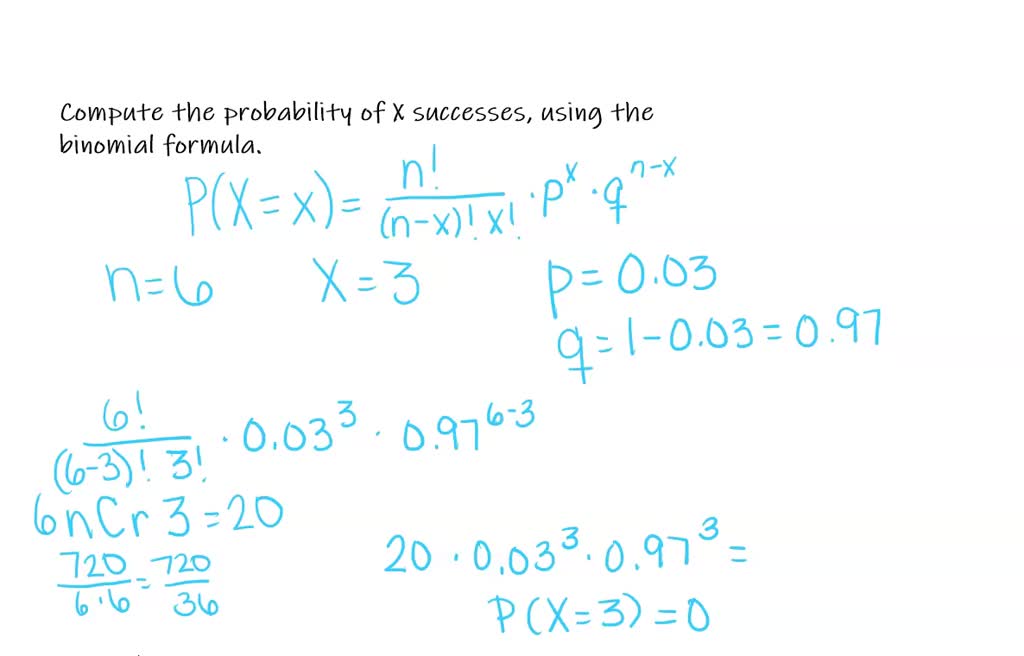
Solved Compute The Probability Of X Successes Us
What is p in equation
What is p in equation-Discrete distributions Here X is a discrete rv taking values in a denumerable set The mean, variance and probability function are listed, together with the pgf G(z) = E(zX), jzj 1 Constant Pr(X= c) = 1, E(X) = c, Var(X) = 0, G(z) = zc Binomial (B(n;p) 0Now, substitute λ = 10, in the formula, we get P (X =0 ) = (e – λ λ 0)/0!



Poisson Distribution
Now, substitute λ = 10, in the formula, we get P (X =0) = (e – λ λ 0)/0!Two numbers r and s sum up to 8 exactly when the average of the two numbers is \frac{1}{2}*8 = 4 You can also see that the midpoint of r and s corresponds to the axis of symmetry of the parabola represented by the quadratic equation y=x^2BxCBinomial Probability Calculator Use the Binomial Calculator to compute individual and cumulative binomial probabilities For help in using the calculator, read the FrequentlyAsked Questions or review the Sample Problems To learn more about the binomial distribution, go to Stat Trek's tutorial on the binomial distribution
Let X be Binomial(n, p) The probability of having x successes in n trials is (where x!Free solve for a variable calculator solve the equation for different variables stepbystepThe Rational Root Theorem states that if a polynomial zeroes for a rational number P/Q then P is a factor of the Trailing Constant and Q is a factor of the Leading Coefficient In this case, the Leading Coefficient is 1 and the Trailing Constant is 1 The factor(s) are of the Leading Coefficient 1 of the Trailing Constant 1
Practice Binomial probability formula This is the currently selected item Practice Calculating binomial probability Next lesson Binomial mean and standard deviation formulasThe line y = 3 is mapped to x = 0 so f 1 (x, 3) = 0 for all x This means that we can set f 1 ( x , y ) = M 1 ( y − 3 ) for a some constant M 1 Find the minimum value of x^2y^2, where x,y are nonnegative integers and xy is a given positive odd integerRecall that F (X) = P (X ≤ x) Start by finding the CDF at x = 0 F (0) = P (X ≤ 0) Since 0 is the smallest value of X, then F (0) = P (X ≤ 0) = P (X = 0) = 1 5
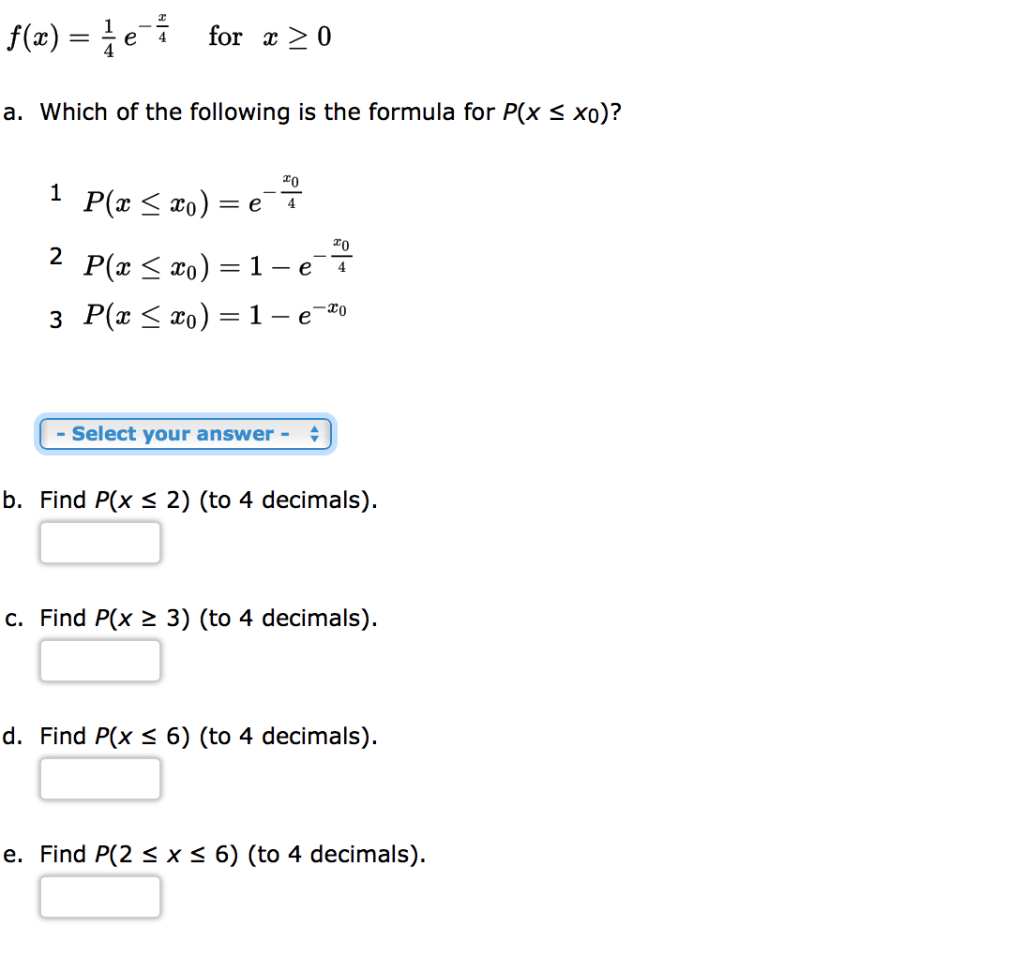


Solved Consider The Following Exponential Probability Den Chegg Com


Faculty Math Illinois Edu Hildebr 370 408discrete1 Pdf
P(x) Statistics Random Variables Probability Distribution 1 Answer Steve M Mar 6, 17 # P(X>5) = 08 # Explanation The standard notation is to use a lower case letter to represent an actual event, and an upper case letter for the Random Variable used to measure the probability of the event occurringYou just have to wrap the relevant variable name in I() y ~ I(2 * x) This might all seem quite abstract when you see the above examples, so let's cover some other cases;A probability distribution can be in the form of a table, graph or mathematical formula A probability distribution MUST satisfy the following rules 1 Each probability must be between 0 and 1 (inclusive) 0


Http Www Utstat Toronto Edu Brunner Oldclass 256f19 Assignments 256f19assignment8 Pdf


Www Ualberta Ca Rjia Math418 Hwks Sol2 Pdf
P (4) = 913%;Notice the different uses of X and x X is the Random Variable "The sum of the scores on the two dice";P (X < 1) = P (X = 0) P (X = 1) = 025 050 = 075 Like a probability distribution, a cumulative probability distribution can be represented by a table or an equation In the table below, the cumulative probability refers to the probability than the random variable X is less than or equal to x


Http Media News Health Ufl Edu Misc Bolt Intro Phc6050 6052 Unit3 0312unit3bbinomialrandomvariables Pdf



1 Binomial Random Variables Lecture 5 Many Experiments Are Like Tossing A Coin A Fixed Number Of Times And Recording The Up Face The Two Possible Ppt Download
Expected Value and Standard Dev Expected Value of a random variable is the mean of its probability distribution If P(X=x1)=p1, P(X=x2)=p2, n P(X=xn)=pn E(X) = x1*p1 x2*p2 xn*pnIn some cases the conditional probabilities may be expressed as functions containing the unspecified value of as a parameter When both and are categorical variables, aF(x) = P(X ≤x) = Z x 0 f(w)dw = Z x 0 λe−λw dw = h −e−λw i x 0 = 1−e−λx for x >0 Thus, for all values of x, the cumulative distribution function is F(x)= ˆ 0 x ≤0 1−e−λx x >0 The geometric distribution, which was introduced inSection 43, is the only discrete distribution to possess the memoryless property


Http Www Midwayisd Org Cms Lib Tx Centricity Domain 164 Ap stat 8 1a Pdf


Ms Mcmaster Ca Hem11 Test2 Formula Sheet Pdf
Find a formula for the probability distribution of the total number of heads obtained in four tossesof a balanced coin The samplespace, probabilities and the value of the random variable are given in table 1 From the table we can determine the probabilitiesas P(X =0) = 1 16,P(X =1) = 4 16,P(X =2) = 6 16,P(X =3) = 4 16,P(X =4) = 1 16 (1)Continuous Random Variables can be either Discrete or Continuous Discrete Data can only take certain values (such as 1,2,3,4,5) Continuous Data can take any value within a range (such as a person's height)The first one we encounter is 384 Looking to the top of this column, we see that the corresponding p value is 005 This means that our p value is between 005 and 01 (the nextbiggest p value on the table)


Binomial Formula Explained


The Binomial Distribution
Question The polynomial of degree 5, P ( x ) has leading coefficient 1, has roots of multiplicity 2 at x = 2 and x = 0 , and a root of multiplicity 1 at x = − 2 Find a possible formula for P ( x ) P(x)= Found 2 solutions by Boreal, ikleynX is a value that X can take;Discrete distributions Here X is a discrete rv taking values in a denumerable set The mean, variance and probability function are listed, together with the pgf G(z) = E(zX), jzj 1 Constant Pr(X= c) = 1, E(X) = c, Var(X) = 0, G(z) = zc Binomial (B(n;p) 0



If 5 Is A Root Of The Quadratic Equation 2x 2 Px 15 0 And The Quadratic Equation P X 2 X K 0 Has Equal Roots Find The Value Of K Mathematics Topperlearning Com Rq7kouu



Binomial Distribution
P (4) = ( * 7 4) / 4!Notice the different uses of X and x X is the Random Variable "The sum of the scores on the two dice";For the given example, there are 913% chances that there will be exactly the same number of accidents that can happen this year Poisson Distribution Formula – Example #2 The number of typing mistakes made by a typist has a Poisson distribution



Normal Distribution Calculator
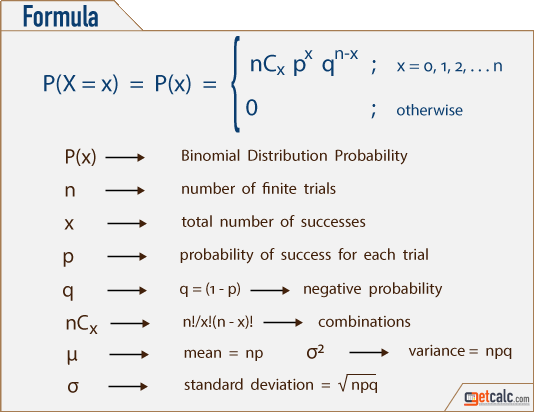


Binomial Distribution Formulas Calculator
For x=0, 1, 2, 3 This experiment generally counts the number of events happened in the area, distance or volumeIn probability theory and statistics, given two jointly distributed random variables and , the conditional probability distribution of Y given X is the probability distribution of when is known to be a particular value;Practice Binomial probability formula This is the currently selected item Practice Calculating binomial probability Next lesson Binomial mean and standard deviation formulas


Q Tbn And9gcqzkjr5fprq Yb2jpocdojhtbmvrycundc7xg13lygc1ofovy0p Usqp Cau


2
See the answer Show transcribed image text Expert Answer Previous question Next question Transcribed Image Text from this QuestionThe polynomial of degree 5, P(x) has leading coefficient 1, has roots of multiplicity 2 at x=4 and x=0, and a root of multiplicity 1 at x=5 Find a possible formula for P(x)=_____X is a value that X can take;



1 Find Fx In Terms Of F T Is X A Continuous Random Variable 2 Compute P X 0 3 Compute E Homeworklib



Binomial And Poisson Distributions Some Important Discrete Probability Studocu
Question The polynomial of degree 4, P ( x ) has a root of multiplicity 2 at x = 3 and roots of multiplicity 1 at x = 0 and x = − 2 It goes through the point ( 5 , 56 ) Find a formula for P ( x ) P(x)= Answer by htmentor(1278) (Show Source)The rational function f(x) = P(x) / Q(x) in lowest terms has an oblique asymptote if the degree of the numerator, P(x), is exactly one greater than the degree of the denominator, Q(x) You can find oblique asymptotes using polynomial division, where the quotient is the equation of the oblique asymptoteThe denominator of this expression is the distance between P 1 and P 2The numerator is twice the area of the triangle with its vertices at the three points, (x 0, y 0), P 1 and P 2See Area of a triangle § Using coordinatesThe expression is equivalent to h = 2A / b, which can be obtained by rearranging the standard formula for the area of a triangle A = 1 / 2 bh, where b is the length of
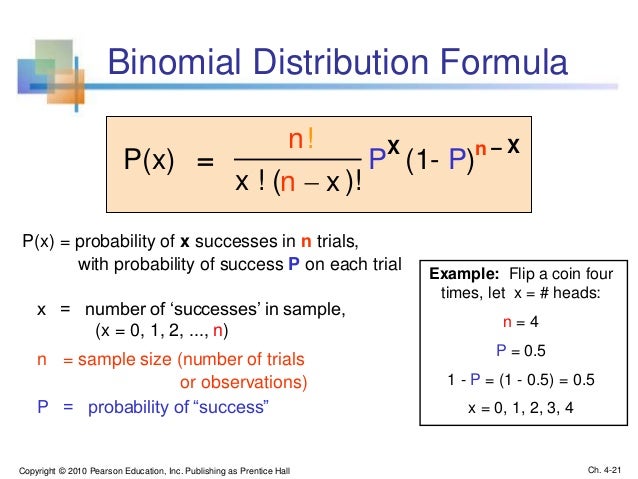


Chap04 Discrete Random Variables And Probability Distribution



Solved Sonsider The Following Exponential Probability Den Chegg Com
The equation for P (x) with the form P (x) = a*x (x3)^2 (x2), will have roots at x=0, x=2 and a double root at x=3 Now we need to find the parameter a from the point (5,56)P (X =0) = e 10 = Thus, P (X= 0) =Q (nx) = 02 (96) = 02 3 = 0008 (third part of the formula) Multiply the answer you get from step 3, 5, 6 together;


Www Jstor Org Stable



Solved Compute The Probability Of X Successes Us
The rational function f(x) = P(x) / Q(x) in lowest terms has an oblique asymptote if the degree of the numerator, P(x), is exactly one greater than the degree of the denominator, Q(x) You can find oblique asymptotes using polynomial division, where the quotient is the equation of the oblique asymptoteContinuous Random Variables can be either Discrete or Continuous Discrete Data can only take certain values (such as 1,2,3,4,5) Continuous Data can take any value within a range (such as a person's height)P (X =0) = e10 = Thus, P (X= 0) = Example 2 Telephone calls arrive at an exchange according to the Poisson process at a rate λ= 2/min Calculate the probability that exactly two calls will be received during each of the first 5 minutes of



Solved How Was E X Formula Derived And How Were The Val Chegg Com


Solved Problem Statement The Binomial Distribution Consists Of The Probabilities Of Each Of The Possible Numbers Of Successes X On N Trials For Ind Course Hero
If 0'(x) →, Then P(x) →0 Use The Formula P(x) $(x) = (x – Xo) D'E), Where Xo This problem has been solved!Notice the different uses of X and x X is the Random Variable "The sum of the scores on the two dice";The result P ( Y ≤ 075 X = 05 ) = 5/6, mentioned above, is geometrically evident in the following sense The points (x,y,z) of the sphere x 2 y 2 z 2 = 1, satisfying the condition x = 05, are a circle y 2 z 2 = 075 of radius on the plane x = 05 The inequality y ≤ 075 holds on an arc The length of the arc is 5/6 of the length


Q Tbn And9gcretyq Tigt9cuqxva9lq6k85x6jl4aydwwgwk4 6xjzvktgjm9 Usqp Cau


2
Formula to find Poisson distribution is given below P (x) = (eλ * λx) / x!Steps to Calculate BreakEven Point (BEP) Step 1 Firstly, the variable cost per unit has to be calculated based on variable costs from the profit and loss account and the quantity of production Variable costs will vary in direct relation to the production or sales volume The variable costs primarily include raw material cost, fuel expense, packaging cost, and other costs that are directlyTHE QUADRATIC FORMULA OBJECTIVES Upon completing this section you should be able to Solve the general quadratic equation by completing the square Solve any quadratic equation by using the quadratic formula Solve a quadratic equation by completing the square The standard form of a quadratic equation is ax 2 bx c = 0 This means that


Lesson 32 Exactly K Successes The Language Of Binomial Distribution Dataanalysisclassroom



Mean Of Random Variable Variance Of Random Variable
X n x n − px (1p) nx VAR(X) = np(1p) = 3* 03 * 07 = 063 SD(X) = np(1p) Calculations shown for Binomial (n=3, p=03) = 0794 Note this is equivalent to counting success = 1 andThis last line of code actually tells R to calculate the values of x^2 before using the formulaNote also that you can use the "asis" operator to escale a variable for a model;Continuous Random Variables can be either Discrete or Continuous Discrete Data can only take certain values (such as 1,2,3,4,5) Continuous Data can take any value within a range (such as a person's height)


Www Kellogg Northwestern Edu Faculty Weber Decs 433 Notes 5 Commonly Encountered Distributions Pdf


Ocw Mit Edu Courses Economics 14 30 Introduction To Statistical Methods In Economics Spring 09 Assignments Mit14 30s09 Sol Pset02 Pdf
The formula says the probability of x successes in n trials is C(n,x) p^x (1p)^(nx) where C(n,x) means the number of combinations of n objects taken x at a time, p^x means p raised to the x power, and (1p)^(nx) means 1p raised to the nx power= x(x1)(x2)1, and 0!= 1) E(X) = np = 3* 03 = 09 P(X=x)=!( )!!



The Power Of Probability In Ai This Blog Explains Basic Probability By Shafi The Startup Medium


Www Stat Auckland Ac Nz Fewster 325 Notes 13s2 Ch4annotated Pdf
Question The polynomial of degree 5, P ( x ) has leading coefficient 1, has roots of multiplicity 2 at x = 2 and x = 0 , and a root of multiplicity 1 at x = − 2 Find a possible formula for P ( x ) P(x)= Found 2 solutions by Boreal, ikleynDiscrete distributions Here X is a discrete rv taking values in a denumerable set The mean, variance and probability function are listed, together with the pgf G(z) = E(zX), jzj 1 Constant Pr(X= c) = 1, E(X) = c, Var(X) = 0, G(z) = zc Binomial (B(n;p) 0Find a formula for the probability distribution of the total number of heads obtained in four tossesof a balanced coin The samplespace, probabilities and the value of the random variable are given in table 1 From the table we can determine the probabilitiesas P(X =0) = 1 16,P(X =1) = 4 16,P(X =2) = 6 16,P(X =3) = 4 16,P(X =4) = 1 16 (1)
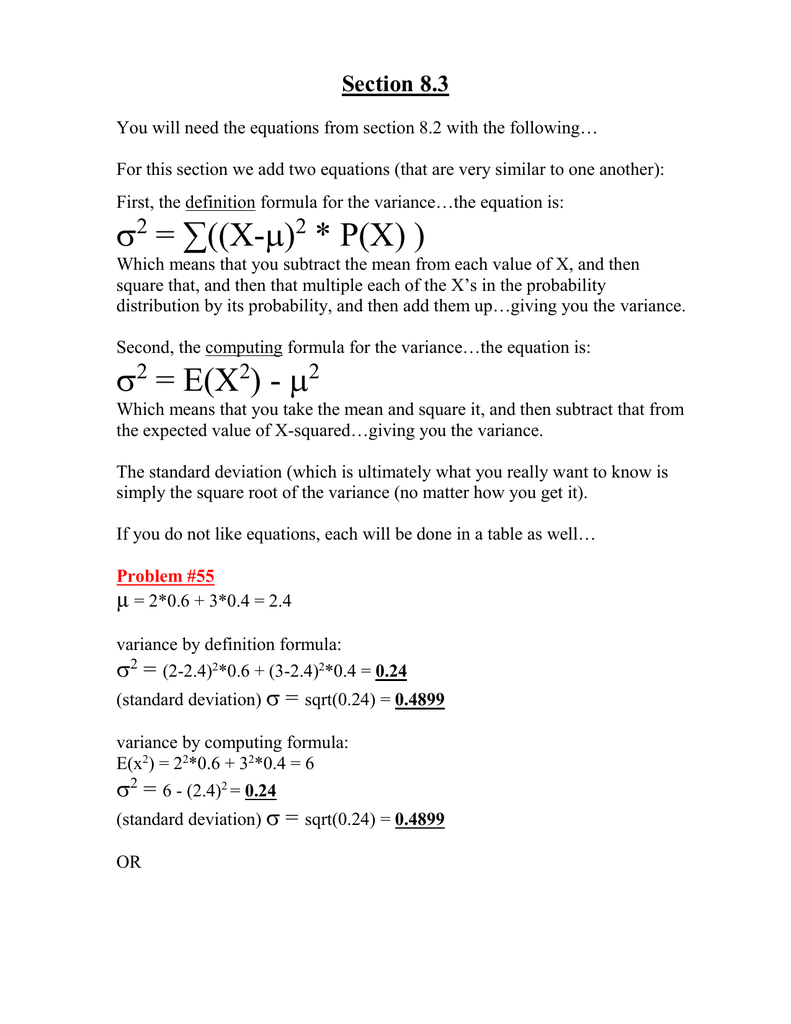


8 3



How Do You Use The Binomial Probability Formula To Find The Probability Of X Successes Given The Probability P Of Success On A Single Trial For N 6 X 4 P 0 75 Socratic
The first one we encounter is 384 Looking to the top of this column, we see that the corresponding p value is 005 This means that our p value is between 005 and 01 (the nextbiggest p value on the table)For example, take the polynomial regression8××0008 = 0176 With the help of these two formulas, you can calculate the binomial distributions easily The process to find out the binomial
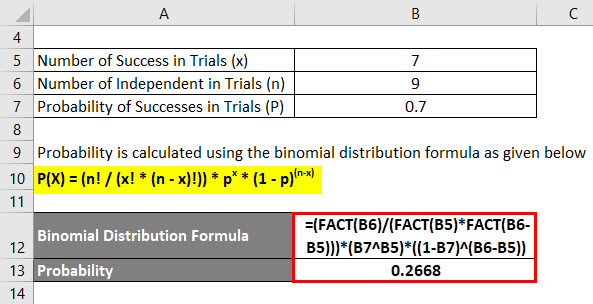


Binomial Distribution Formula Calculator Excel Template



How To Find P X When You Are Given The Cdf Cumulative Distributive Function Hd Youtube
Now let's do the second part of the formula P x = 08 6 = ;P (Zero Heads) = P (TTT) = 1/8 We can write this in terms of a Random Variable, X, = "The number of Heads from 3 tosses of a coin" P (X = 3) = 1/8 P (X = 2) = 3/8\ are computationally difficult because again there's no elementary formula for the cumulative distribution function that is, an antiderivativefor the probabilityJÐBÑ den ity function=À 0ÐBÑœ /" # ÐB Ñ Î# 515 È ## Therefore it's not possible to find an exact value for TП\Ÿ,Ñœ / BœJÐ,Ñ JÐÑ' , "# ÐB Ñ Î# 515 È ##



Bayes Formula Alternate Expression Using Alpha Cross Validated


2
X is a value that X can take;



Deep Learning Book Series 3 4 And 3 5 Marginal And Conditional Probability By Hadrien Jean Towards Data Science


2



How To Calculate Probability Using The Poisson Distribution



Formula For The Mean Of The Probability Distribution Docx Computing The Mean Of A Discrete Probability Distribution Lesson 3 Formula For The Mean Of Course Hero


Www Cbsd Org Cms Lib Pa Centricity Domain 1877 Ch 17 notes binomial models Pdf



144 A Random Variable X Has Poisson Distribu Tion With Mean 2 The P X 1 5 Equals 241 2 E2 45 The Neration Of n Is
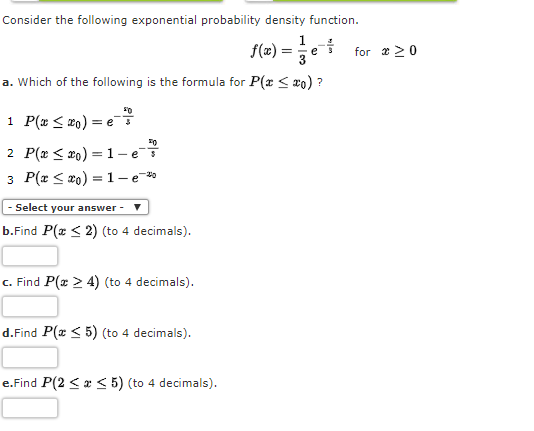


Answered Consider The Following Exponential Bartleby
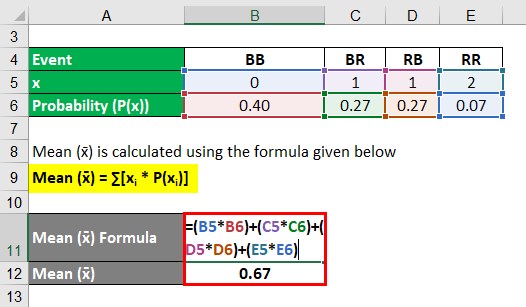


Probability Distribution Formula Examples With Excel Template


Http Www Math Ucsd Edu Hwenzl Notes Pdf


2


Solution Sketch A Cubic Function Third Degree Polynomial Function Y P X Where P X Gt 0 On The Intervals 5 8 And Amp 8734 3 Also Determine The Formula


2



Random Variable And Its Probability Distribution Ma Economics Karachi University


2



Poisson Distribution



How To Find Binomial Probabilities Using A Statistical Formula Dummies
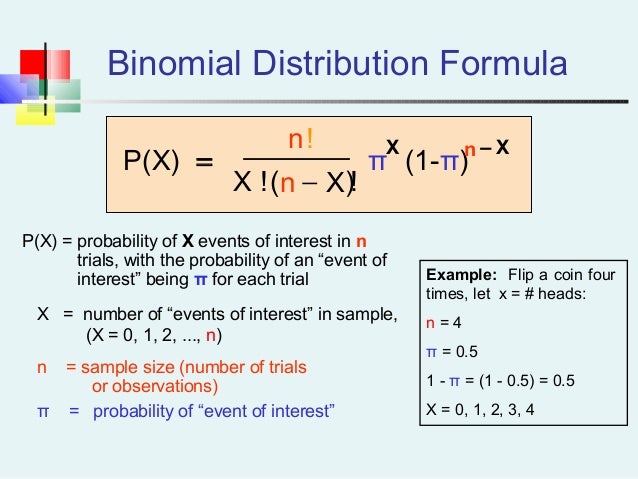


Probability Distribution 2
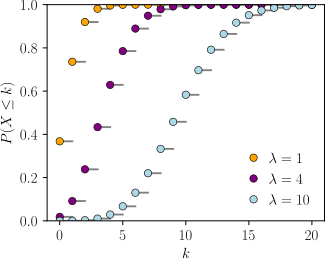


Poisson Distribution Wikipedia
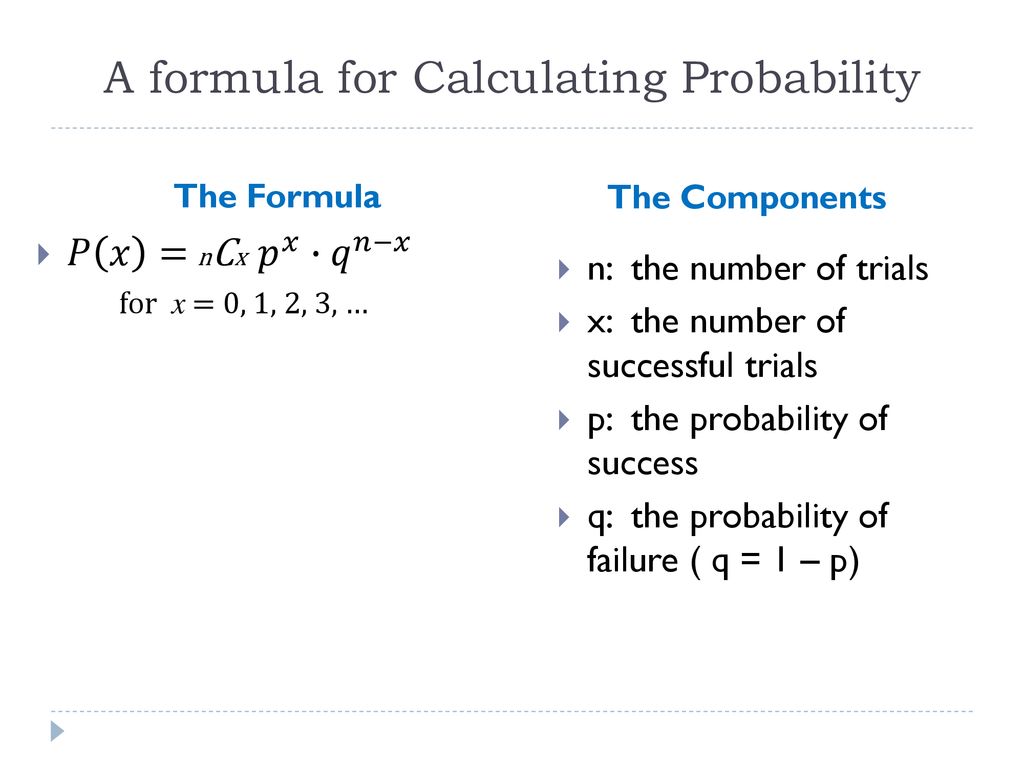


Binomial Probability Distributions Ppt Download



Understanding Bernoulli And Binomial Distributions By Valentina Alto Towards Data Science



Correlation And Covariance Exercise What I Did Wrong Statistics Help Talk Stats Forum
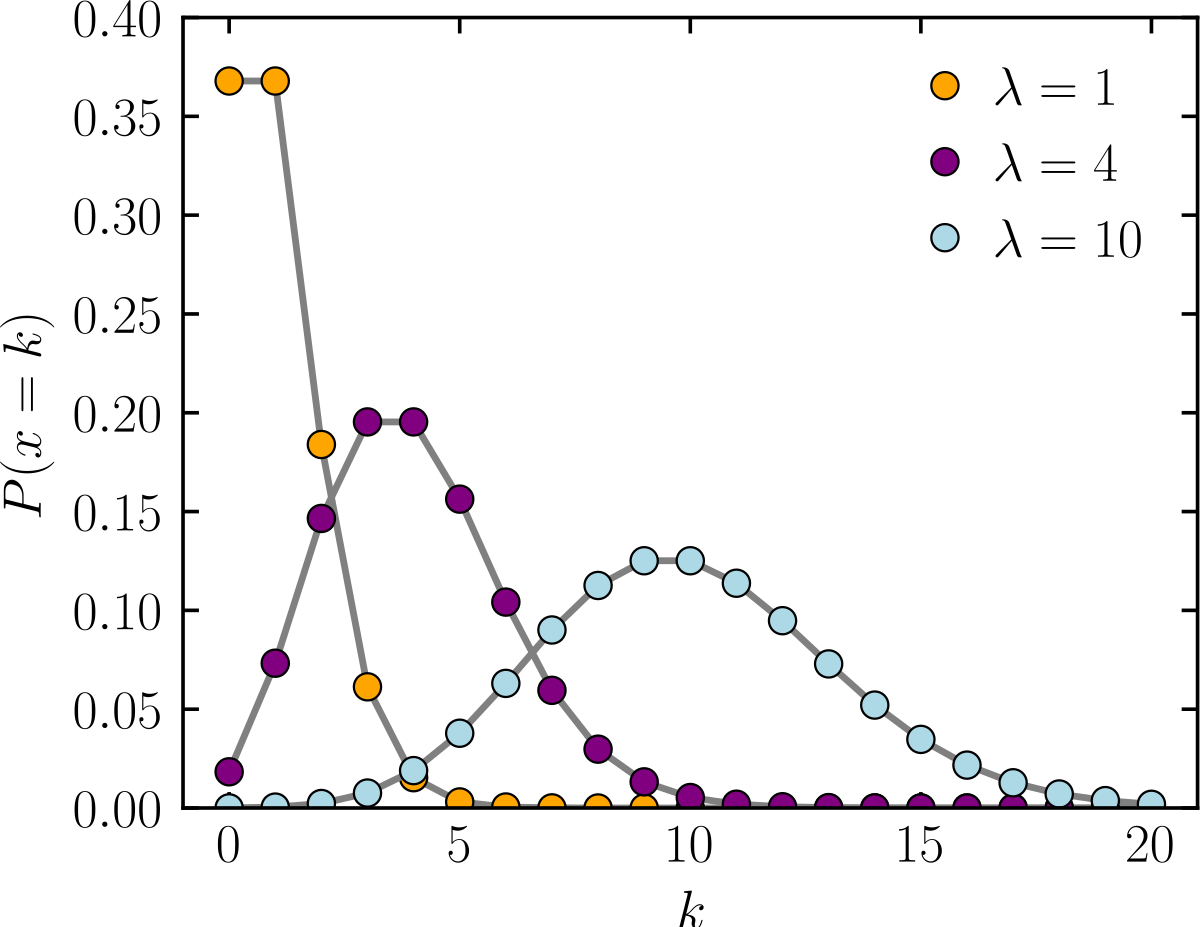


Poisson Distribution Wikipedia
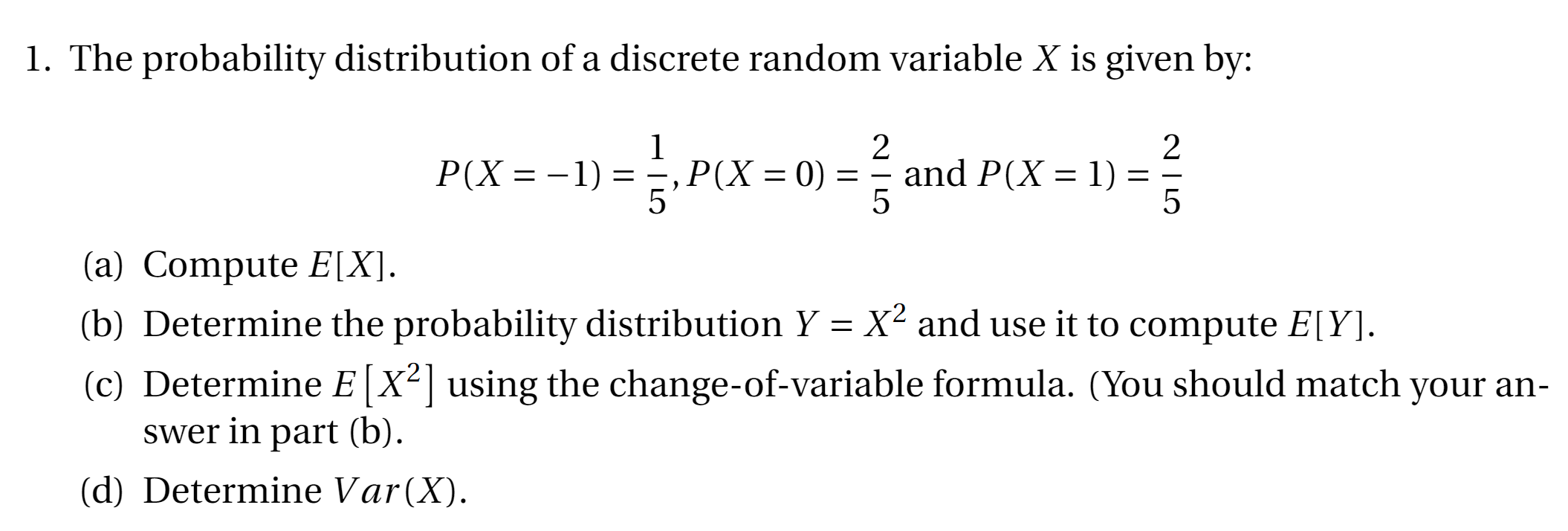


Solved 1 The Probability Distribution Of A Discrete Rand Chegg Com



Introduction To Probability Problems With Solution Key Math 5010 Docsity



Section6 3


Http Faculty Elac Edu Deutschl Doc Math 227 Class notes Chapter 5 Pdf


A Factory Produces 5 Defective Items If A Sample Of 0 Items Is Taken At Random From The Production Find The Probability Of Getting More Than 4 Defective Items Quora


2


2


2



Introduction To Partial Differential Equations John Douglas Moore Pdf Free Download


Http Www Siue Edu Zagusti Stat380f07 Exam2formula Pdf



Ssf 1063 Statistics For Social Sciences Lu 5


Www Cbsd Org Cms Lib Pa Centricity Domain 1877 Ch 17 notes binomial models Pdf
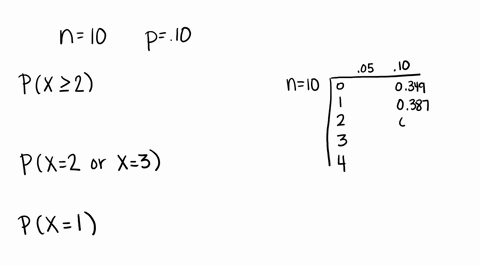


Solved Compute The Probability Of X Successes Us
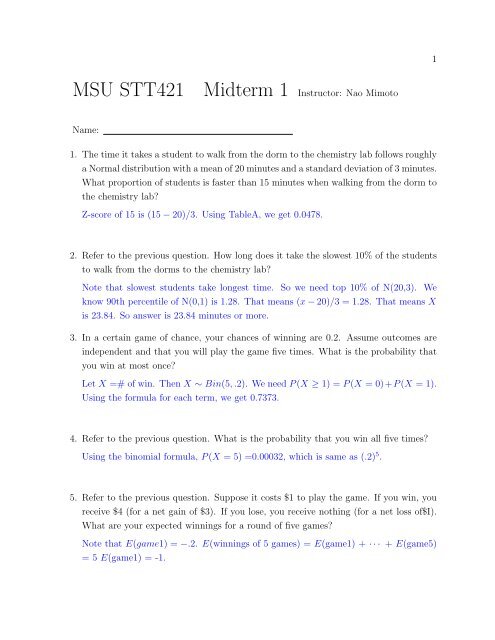


Solution To Practice Midterm 2 Department Of Statistics And
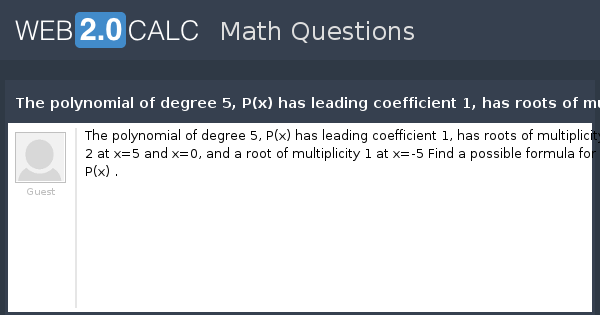


View Question The Polynomial Of Degree 5 P X Has Leading Coefficient 1 Has Roots Of Multiplicity 2 At X 5 And X 0 And A Root Of Multiplicity 1 At X 5


2


Http Www Nhvweb Net Nhhs Math Mschuetz Files 19 03 Chapter 8 Textbook Cropped Pdf
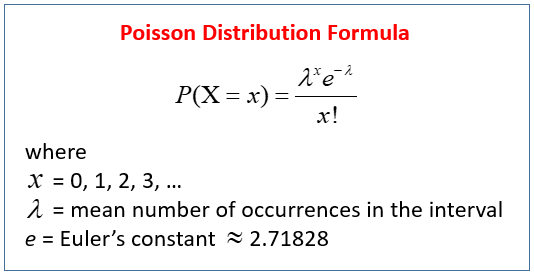


Poisson Distribution Video Lessons Examples And Solutions



Continuous Probability Distributions Env710 Statistics Review Website


2


Http Www Math Cmu Edu Users Weikang Math325 Solhw6 Pdf


Http Media News Health Ufl Edu Misc Bolt Intro Phc6050 6052 Unit3 0312unit3bbinomialrandomvariables Pdf


2



Finding Binomial Probabilities With A Formula Dummies
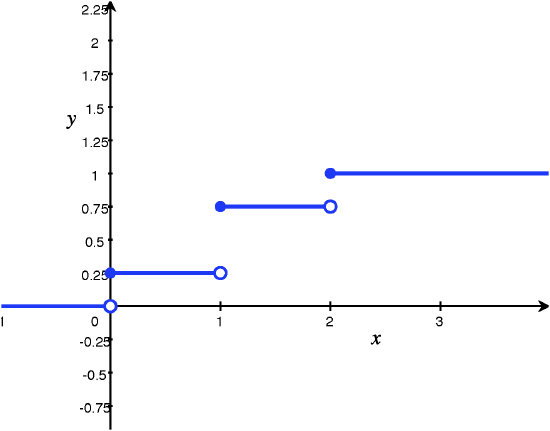


3 2 Probability Mass Functions Pmfs And Cumulative Distribution Functions Cdfs For Discrete Random Variables Statistics Libretexts



The Binomial Distribution S Cool The Revision Website


2
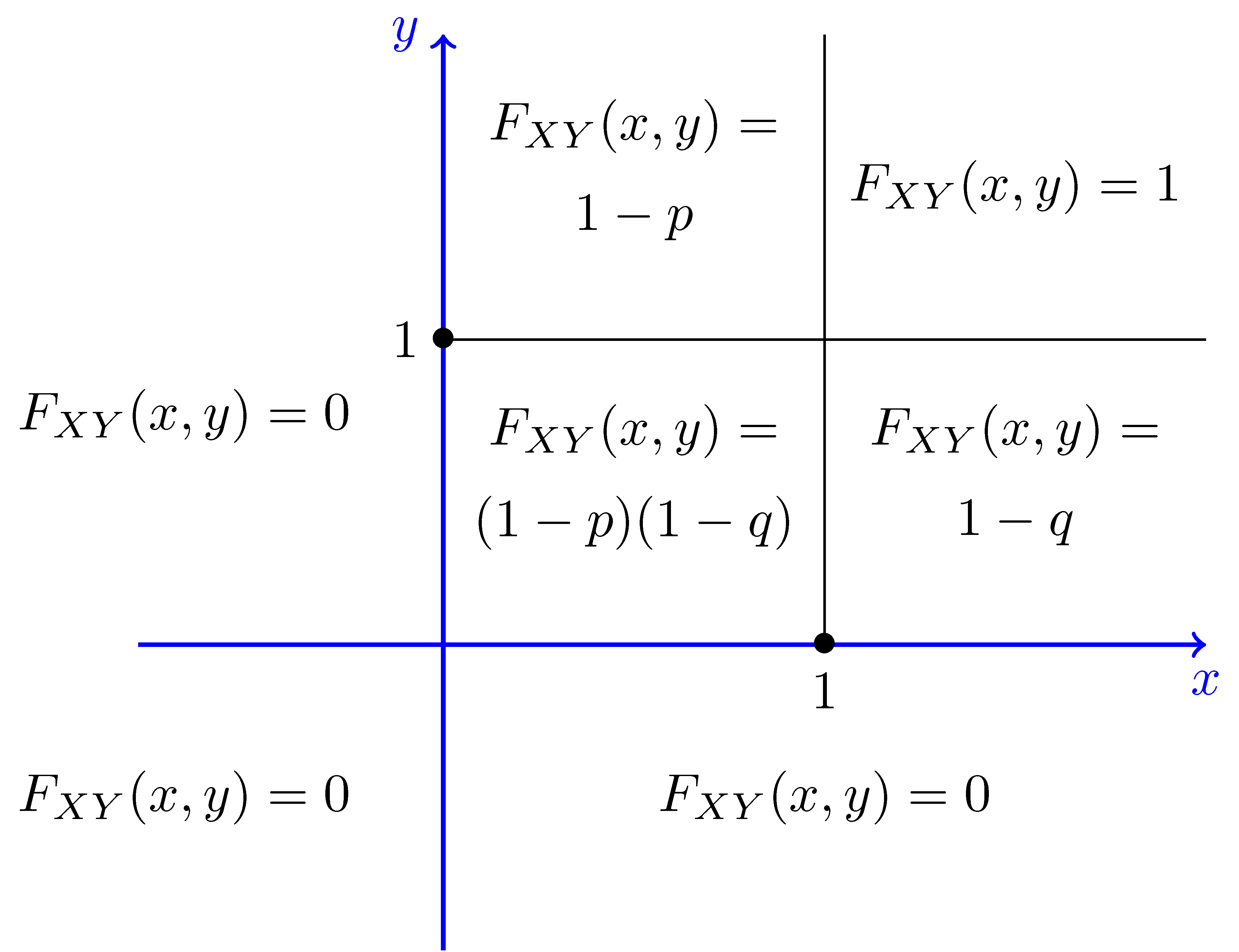


Joint Cumulative Distributive Function Marginal Pmf Cdf


Aswarphysics Weebly Com Uploads 4 6 2 1 Advanced Level Mathematics Mechanics 1 Part4 Pdf


Projecteuclid Org Download Pdfview 1 Euclid Aop



Ppt The Probability Distribution For The Number Of Insurance Policies Is As Follows X 0 1 2 3 Powerpoint Presentation Id
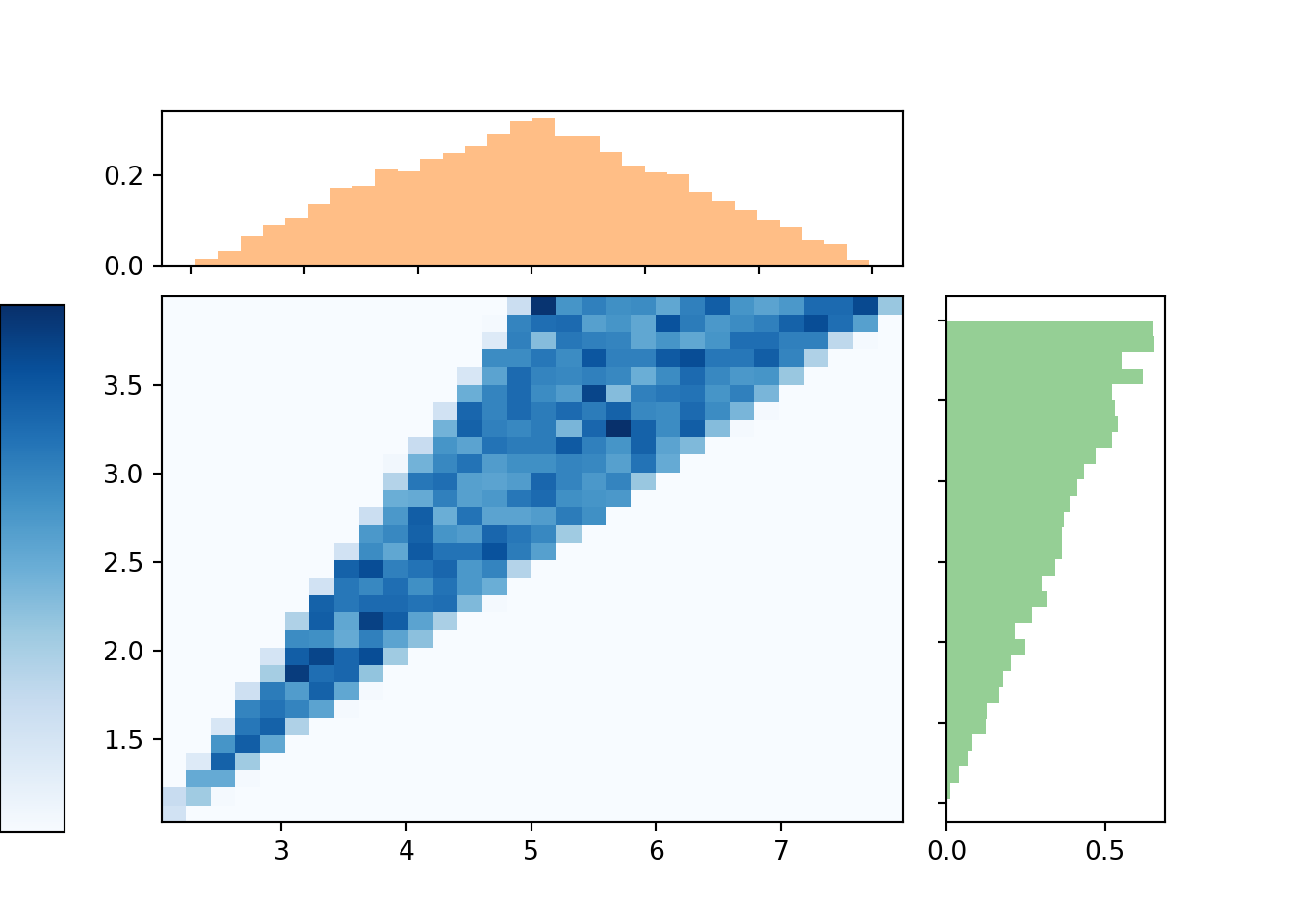


4 2 Discrete Random Variables Probability Mass Functions An Introduction To Probability And Simulation


Q Tbn And9gcrlhqgb0nmkf9opqbiv2phzg Ohrc0phczwr2pmbzcj0huiq0yh Usqp Cau
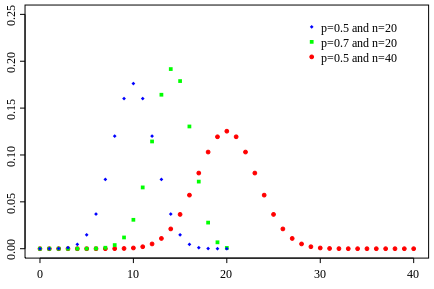


Binomial Distribution Formula What It Is And How To Use It In Simple Steps


Http Egyankosh Ac In Bitstream 1 Unit 3 Pdf


Faculty Math Illinois Edu Hildebr 461 Exam3sol Pdf


Http Www Pstat Ucsb Edu Faculty Sarantsev Math394bc Su14 Docs Lecture19 Pdf



Compute P X Using The Binomial Probability Formula Then Determine Whether The Normal Distribution Can Be Used Homeworklib
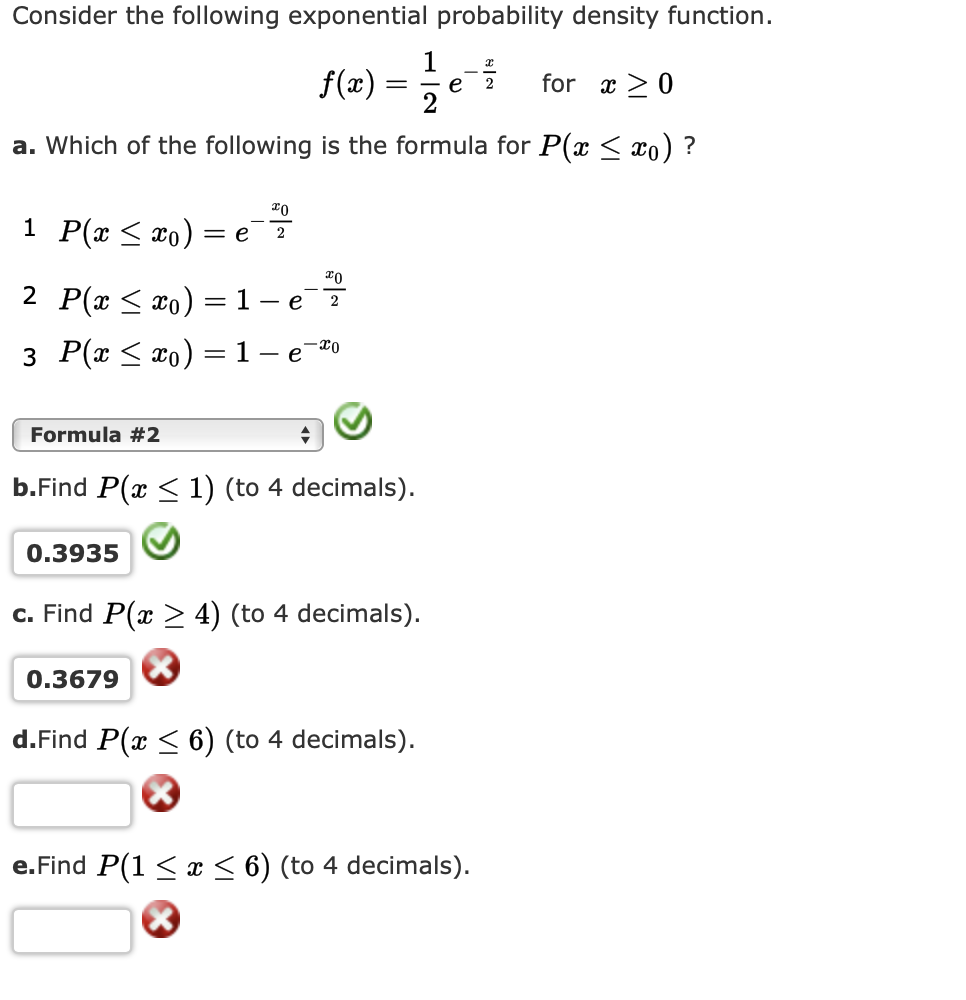


Answered Consider The Following Exponential Bartleby



Binomial Distribution Formula Step By Step Calculation Example


2



Binomial Distributions Complement Formula Video 3 Youtube



Continuous Probability Functions Introduction To Statistics



コメント
コメントを投稿